The Ultimate Guide to Chocolate Buttercream
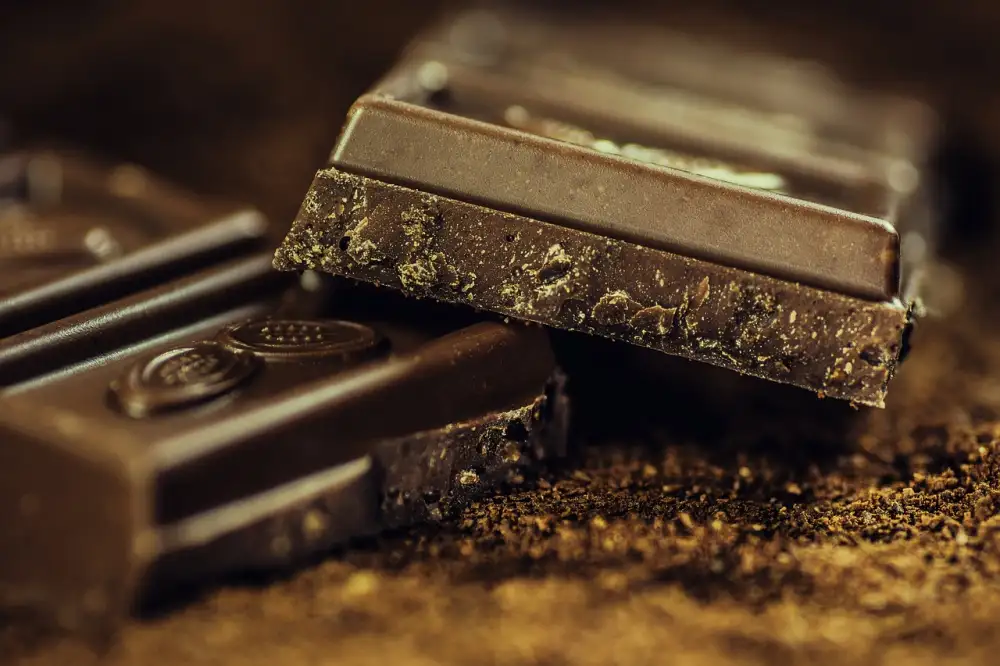
What is chocolate buttercream?
Chocolate buttercream is a classic frosting beloved for its rich chocolate flavor and creamy texture. It's made by combining butter, powdered sugar, cocoa powder, and a liquid such as milk or cream. The butter provides a smooth and velvety base, while the powdered sugar adds sweetness and structure. Cocoa powder infuses the frosting with its characteristic chocolatey goodness. The liquid helps to create a spreadable consistency.
The quality of the ingredients significantly impacts the final taste and texture of your chocolate buttercream. Using high-quality cocoa powder will result in a more intense chocolate flavor. Unsalted butter allows you to control the level of saltiness. The amount of liquid can be adjusted to achieve the desired consistency, whether you prefer a stiff frosting for piping or a softer one for spreading.
Chocolate buttercream is incredibly versatile and can be used to frost cakes, cupcakes, and cookies. It can also be used as a filling for cakes and pastries. Its rich flavor pairs well with a variety of other ingredients, such as vanilla, coffee, caramel, and berries.
Key ingredients
The foundation of any good chocolate buttercream is, of course, butter! Unsalted butter offers a neutral base, allowing the chocolate flavor to shine. Make sure your butter is softened to room temperature for optimal creaminess. Next up, we have powdered sugar, the ingredient responsible for the buttercream's signature sweetness and smooth texture. Don't skimp on sifting the powdered sugar; this prevents lumps and ensures a velvety finish. Unsweetened cocoa powder is our ticket to rich, intense chocolate flavor. Opt for high-quality cocoa powder for the best results. A touch of vanilla extract enhances the chocolate notes and adds a lovely aroma. For a smooth and luscious consistency, a splash of milk or heavy cream is essential. Finally, a pinch of salt balances the sweetness and elevates all the flavors. Remember, you can adjust the amount of powdered sugar and milk to achieve your desired level of sweetness and consistency.
Recipe variations
For a richer chocolate flavor, swap out the unsweetened cocoa powder for Dutch-processed cocoa powder. It has a smoother, less bitter taste that many people prefer in their buttercream. If you want a deeper color, add a tiny amount of black gel food coloring – a little goes a long way!
Want to experiment with flavors? This recipe is a great base for various mix-ins. Fold in chopped chocolate chunks for texture and an extra chocolate punch. You can also add a teaspoon of espresso powder to enhance the chocolate flavor. For a hint of saltiness, try adding a pinch of sea salt or even some chopped salted pretzels.
If you find your buttercream too thick, you can adjust the consistency by adding a tablespoon of milk at a time until you reach your desired texture. If it’s too thin, add more powdered sugar, a quarter cup at a time. Remember to chill the buttercream for about 15 minutes if it becomes too soft to work with.
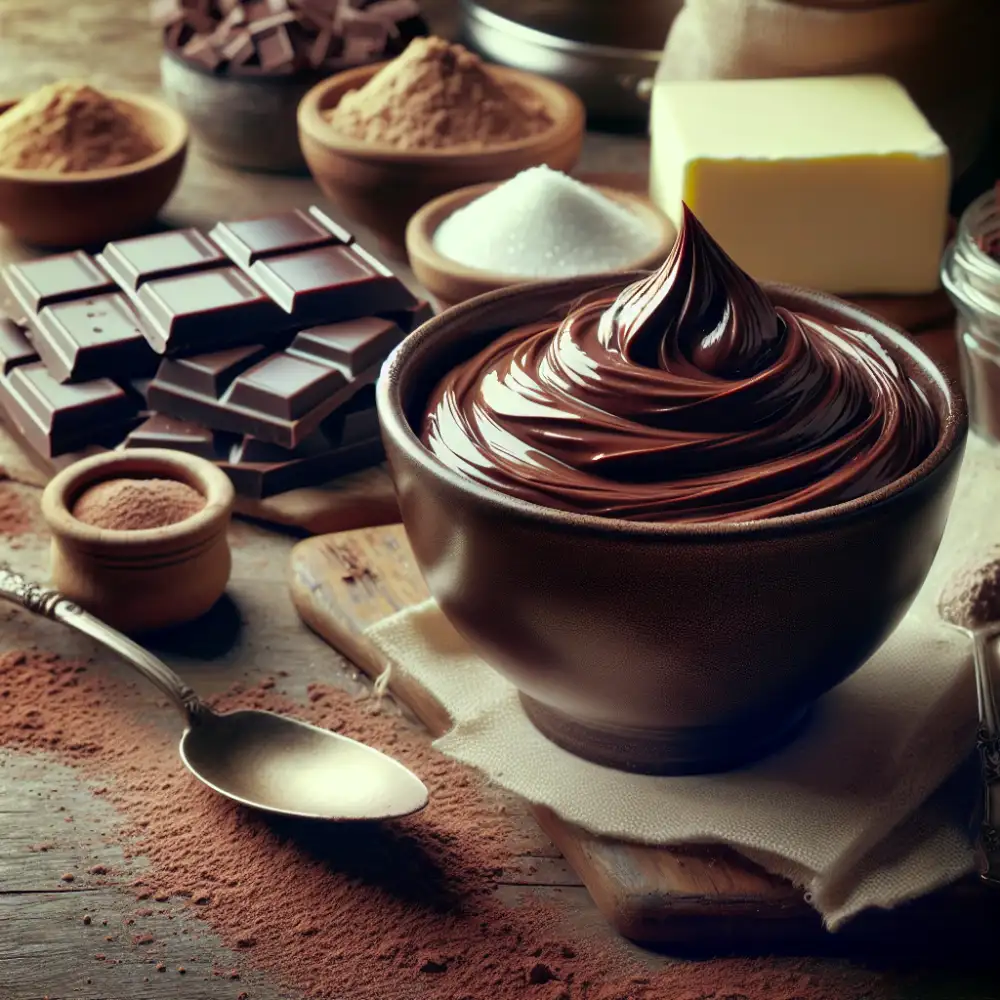
Tips for perfect texture
Achieving the perfect texture for your chocolate buttercream is crucial for both taste and appearance. Start with high-quality, unsweetened cocoa powder for a rich chocolate flavor. Sift the cocoa powder to remove any lumps and ensure a smooth buttercream. Use softened, but not melted, butter. This creates the ideal consistency for a creamy and spreadable frosting. Gradually add the powdered sugar, beating well after each addition, to prevent a grainy texture. Overbeating can incorporate too much air, resulting in a frosting that's too light and airy. If the buttercream is too thick, add milk or cream, a tablespoon at a time, until the desired consistency is reached. Conversely, if it's too thin, add more powdered sugar. Remember to taste as you go and adjust the sweetness to your liking. For a silky smooth texture, use a fine-mesh sieve to strain the buttercream before using. This removes any remaining lumps of cocoa powder or sugar, ensuring a flawless finish to your cakes and cupcakes.
Common problems and solutions
One common issue is grainy buttercream. This usually happens when the butter and powdered sugar aren't properly combined. Make sure your butter is at room temperature and beat it well before adding the sugar. Add the sugar gradually, beating well after each addition. If your buttercream is still grainy, you can try warming it slightly to help the sugar dissolve.
Another problem is runny buttercream. This can be caused by using too much liquid, over-mixing, or warm temperatures. To fix runny buttercream, try chilling it in the refrigerator for 10-15 minutes. You can also add more powdered sugar, a tablespoon at a time, until you reach the desired consistency. If the buttercream is still too runny, you may need to add a small amount of melted and cooled unsweetened chocolate.
Sometimes, chocolate buttercream can taste bland. To enhance the chocolate flavor, try using a high-quality cocoa powder or melted dark chocolate. You can also add a pinch of salt to bring out the sweetness. If you're feeling adventurous, try adding a teaspoon of espresso powder to intensify the chocolate flavor.
If your buttercream is too sweet, you can balance it out with a bit of acidity. Try adding a teaspoon of lemon juice or a pinch of cream of tartar. You can also use unsweetened cocoa powder to cut down on the sweetness.
Remember, practice makes perfect. Don't be afraid to experiment and adjust the recipe to your liking. With a little patience and these helpful tips, you'll be creating smooth, delicious chocolate buttercream in no time!
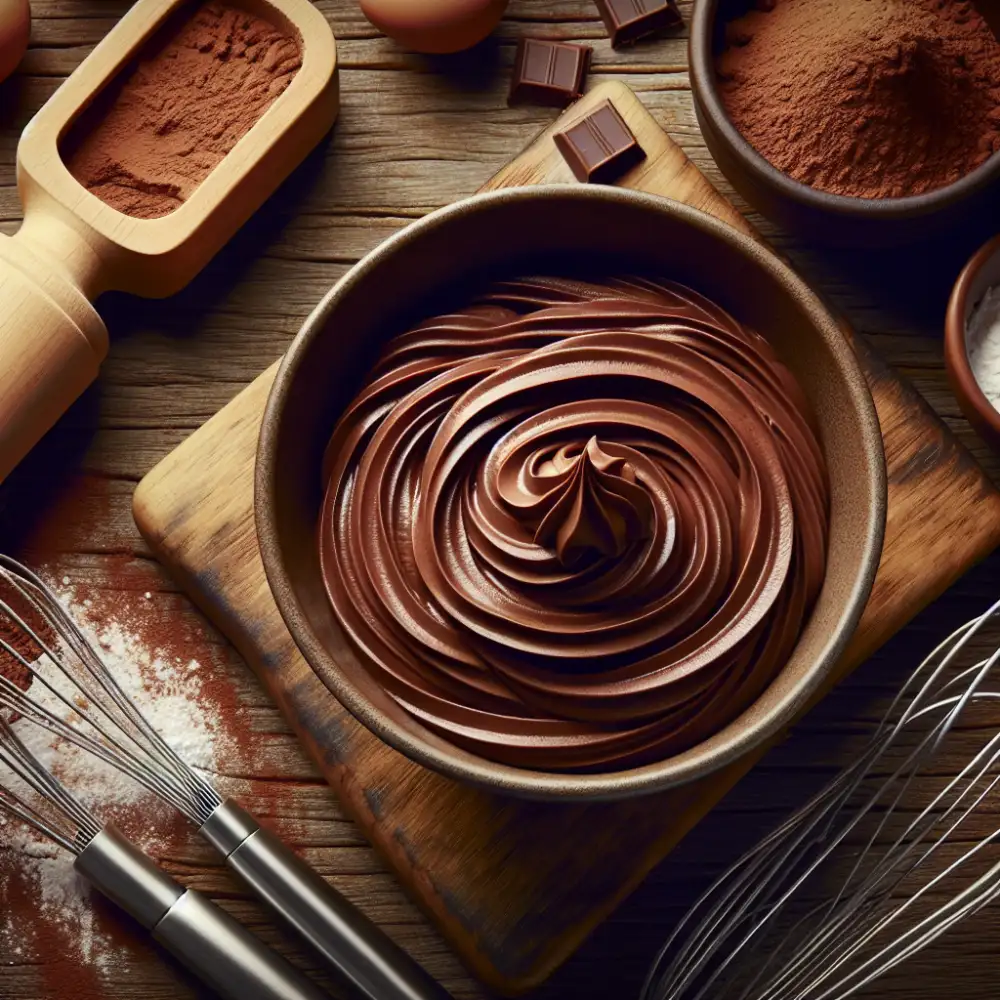
Chocolate buttercream is a symphony of indulgence, a harmonious blend of rich cocoa and creamy butter, destined to elevate any cake or cupcake into a realm of pure decadence.
Esmeralda Thistlewick
Flavor pairing ideas
Chocolate buttercream is incredibly versatile and pairs well with a wide range of flavors. For a classic combination, pair it with vanilla cake and chocolate ganache. The subtle sweetness of the vanilla enhances the richness of the chocolate, while the ganache adds another layer of chocolate decadence. If you prefer fruity flavors, consider pairing chocolate buttercream with raspberry, strawberry, or blackberry fillings. The tartness of the berries cuts through the richness of the buttercream, creating a balanced and delicious flavor profile. For a more adventurous pairing, try chocolate buttercream with coffee or salted caramel. The bitterness of the coffee complements the sweetness of the chocolate, while the salty-sweet combination of salted caramel creates a flavor explosion in your mouth. No matter your preference, there is a flavor pairing out there that will take your chocolate buttercream to the next level.
Decorating with buttercream
Chocolate buttercream is a classic for a reason. It's rich, decadent, and pairs perfectly with so many cake flavors. Plus, it's surprisingly versatile for decorating.
First things first, you'll need a reliable recipe. A good chocolate buttercream should be smooth, creamy, and hold its shape well when piped. Look for one that uses high-quality cocoa powder and real butter for the best flavor. Once you've whipped up your batch of chocolate buttercream, the decorating possibilities are endless.
For beginners, simple swirls on cupcakes or a rustic "naked" cake with a drizzle of ganache are always impressive. Feeling more adventurous? Try your hand at piping rosettes, shells, or even flowers. You can also use different piping tips to create various textures and designs.
If you're short on time, don't underestimate the power of a simple crumb coat and a few sprinkles. Or, use cookie cutters to create fun shapes out of rolled-out fondant and add them as toppers.
No matter your skill level, decorating with chocolate buttercream is a fun and delicious way to elevate your desserts from simple to stunning.
Storage and shelf life
Chocolate buttercream frosting can be stored in an airtight container at room temperature for up to 2 days. If you need to store it longer, you can refrigerate it for up to 1 week or freeze it for up to 3 months.
Make sure the frosting is completely cool before storing it, as condensation can form and make the frosting watery.
To thaw frozen chocolate buttercream frosting, place it in the refrigerator overnight or for several hours until it's completely thawed. Once thawed, give it a good stir with a rubber spatula to make it smooth and creamy again.
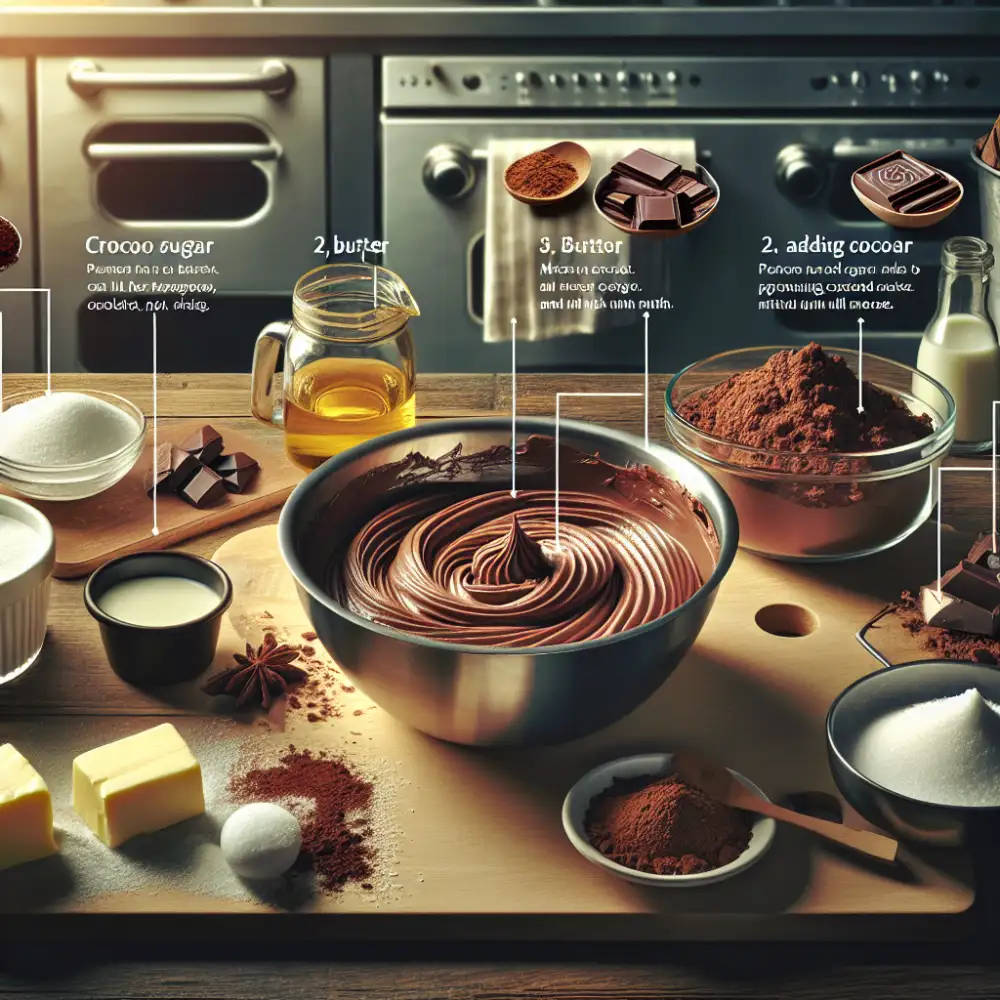

If you're short on time, you can thaw the frosting at room temperature, but keep an eye on it to prevent it from melting.
Whether you're storing it at room temperature, in the refrigerator, or in the freezer, make sure the container is airtight to prevent the frosting from drying out or absorbing any unwanted flavors.
Nutritional information (optional)
Chocolate buttercream frosting is undeniably delicious, but it's not exactly a health food. It's high in calories, sugar, and fat, primarily from the butter and chocolate. However, it's important to remember that frosting is meant to be an occasional treat and is typically consumed in small amounts.
| Feature | American Buttercream | Chocolate Buttercream |
|---|---|---|
| Main Ingredients | Butter, Powdered Sugar, Vanilla | Butter, Powdered Sugar, Cocoa Powder, Vanilla |
| Difficulty | Easy | Easy |
| Flavor Intensity | Sweet, Buttery | Rich Chocolate, Sweet, Buttery |
A standard serving size of chocolate buttercream frosting is usually around 2 tablespoons. In this serving, you can expect to find a significant amount of calories, mostly from carbohydrates and fats. The exact nutritional content can vary depending on the specific recipe and the type of chocolate used. For instance, dark chocolate generally has a slightly lower sugar content and a higher fat content compared to milk chocolate.
While chocolate buttercream frosting doesn't offer much in terms of vitamins and minerals, it can contribute small amounts of calcium and iron, primarily from the milk solids present in butter and some types of chocolate.
It's always a good idea to enjoy treats like chocolate buttercream frosting in moderation as part of a balanced diet. If you're watching your calorie or sugar intake, you can explore recipes that use alternative sweeteners or incorporate healthier fats like avocado or Greek yogurt.
History of buttercream (optional)
While the exact origins of buttercream frosting are debated, its key components – butter, sugar, and eggs – have been culinary staples for centuries. The invention of buttercream is often credited to the French in the 17th century, with early iterations likely using egg yolks and whipped cream for a rich, custard-like texture. The development of modern buttercream, specifically the beloved chocolate variation, is closely tied to the evolution of chocolate itself.
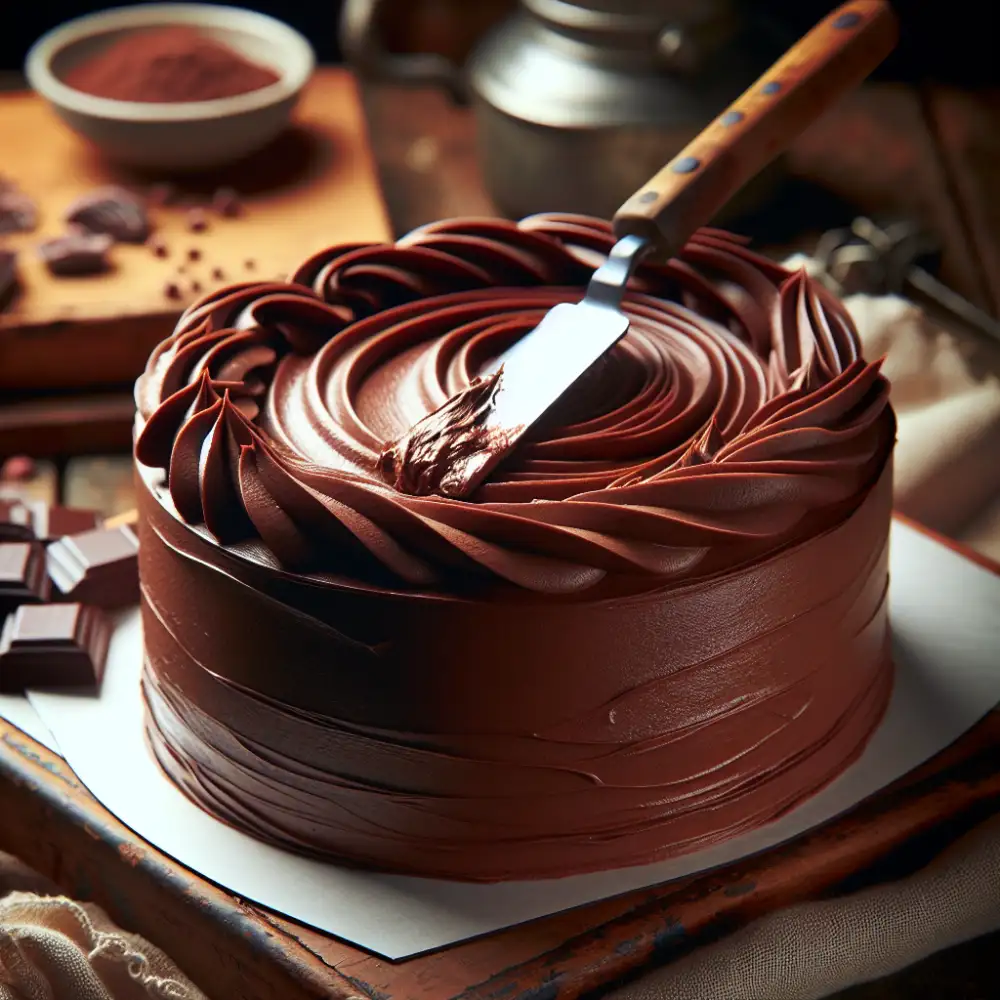
As chocolate transitioned from a bitter beverage to a sweetened confection in the 19th century, its use in desserts exploded. The invention of powdered sugar around the same time provided pastry chefs with a key ingredient for smoother, more stable frostings. This paved the way for chocolate buttercream to take center stage, adding a decadent, intensely chocolatey dimension to cakes and pastries.
Today, chocolate buttercream remains a beloved classic, gracing everything from birthday cakes to elegant cupcakes. Its enduring popularity speaks to its versatility and irresistible flavor, a testament to the delicious marriage of butter, sugar, and the magic of chocolate.
Published: 11. 07. 2024
Category: Food



